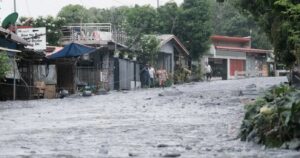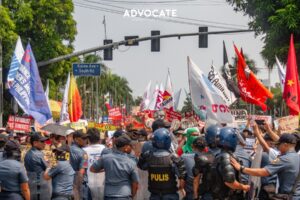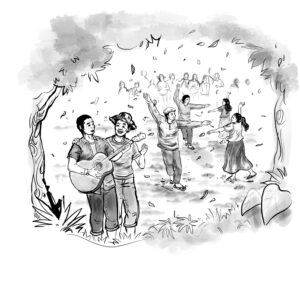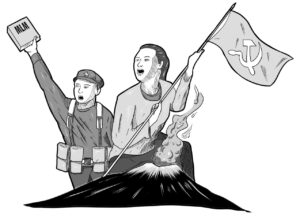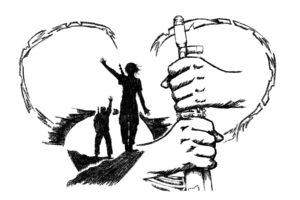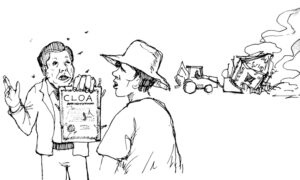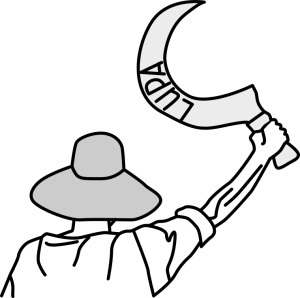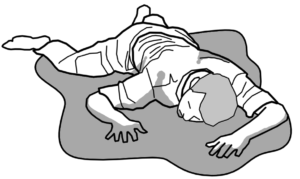Toiling masses carry the burden caused by El Niño and climate change

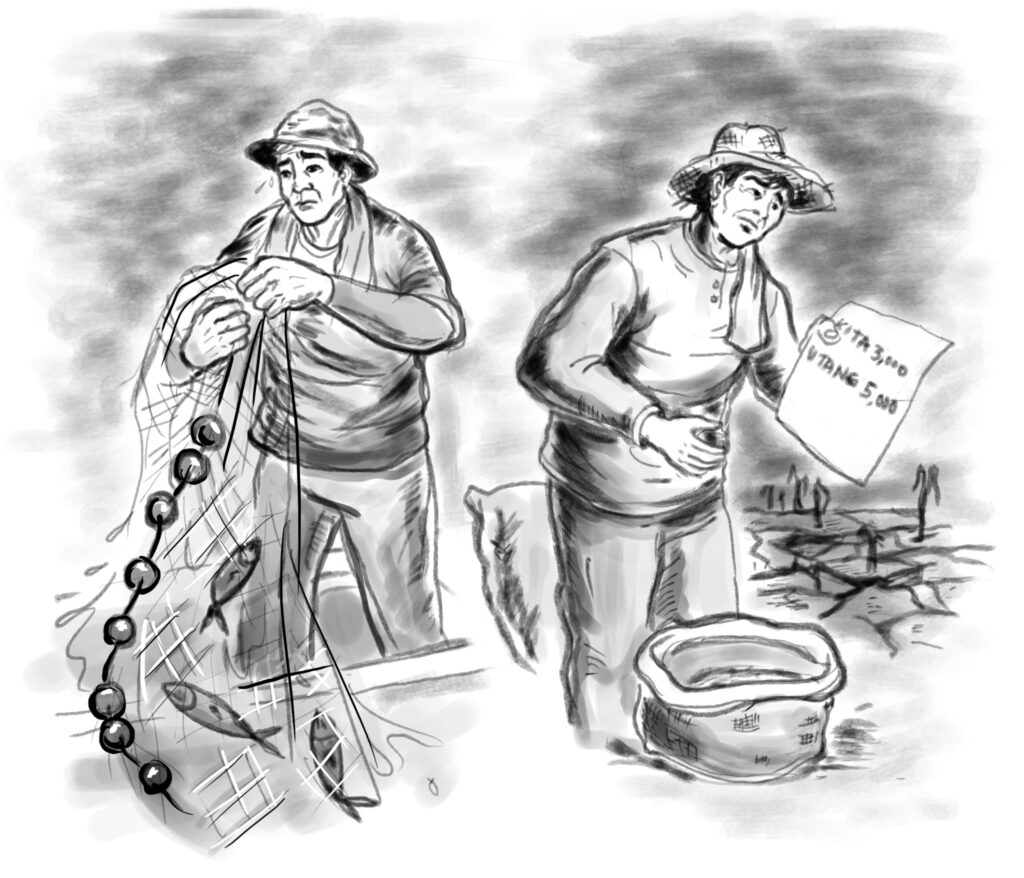
El Niño has ended and the rainy season has started, but the toiling masses, especially farmers and fisherfolk, still bear the burden of the destruction of their livelihoods by the drought intensified by climate change. The Marcos regime’s response to the nearly one-year drought is grossly insufficient and hypocritical.
In the most recent conservative data of the Department of Agriculture, the total cost of damage to the agriculture sector is at least ₱9.89 billion, of which ₱57.72 million is in the fisheries sector. In total, up to 1.5 million families were affected by the widespread drought that ravaged 7,184 barangays in 15 regions. The severity of the disaster prompted placing 432 cities and towns under a state of calamity.
Damage in Ilocos
Since 2020, the fall in the yield and income of farmers in Ilocos have worsened due to insufficient irrigation, continuous increase in production costs, unsuitable high-yielding rice seed varieties, disasters and pests, and lack of of government subsidies. Drought exacerbates these problems.
Most farms in the region rely on rain. The drought brought down the harvest of the farmers by 50% to 80%. Vast farms were no longer tilled for the year’s second cycle of rice planting, and no longer planted with summer products such as watermelon and onions.
Corn harvest decreased by up to 50% (from 4-5 tons to 2-3.5 tons per hectare) due to their stunting and aridity. There is also considerable damage and decline in the quality of tobacco. Based on the data obtained from 49 farmers in five barangays who only grow rice, 12.31 hectares or 67% of their farms were destroyed and they lost ₱644,645 in income.
Among fisherfolk, the catch from coastal fishing dropped by up to 99%. From the previous 500-kilo catch, they sometimes bring home less than five kilos. Because of this, many fisherfolk rarely or never fish because of excessive losses. Rivers, creeks and hectares of fish pens are also dry.
Farmers shouldered the additional cost of crude oil, fuel and electricity whose prices continuously increased. Water pumps using crude oil and electricity were used more extensively and more frequently, from once to three times per week. Fisherfolk also used more fuel because they had to travel farther to fish.
The majority of the poor Ilocano masses suffer from thirst because springs have dried up. Most communities do not have proper and free clean potable water services. They endure fetching water from distant, but dirty wells. Others just bought expensive water costing ₱60/drum-₱80/drum.
Corruption and fascism
in Cagayan
Meager as it already is, the funds allocated by the state to support the disaster of El Niño were not spared from corruption. In Cagayan Valley, it was the unspent 2023 typhoon Egay funds that were largely distributed to farmers and fisherfolk.
Seed distribution was also an utter failure because these did not sprout in dry soil. The government’s touted cash-for-work programs were even problematic. In addition to the gross insufficiency and having only a few “beneficiaries”, the compensation granted to the beneficiaries was extremely late. Also condemnable is the Philippine Crop Insurance Corporation’s disapproval of the application of 9,000 farmers seeking crop guarantees.
The Marcos regime even allocated more funds and time to intensify the counterinsurgency war and repression campaign in the regions. With its military forces, it even used aid distribution to disseminate lies and psywar among the people.



